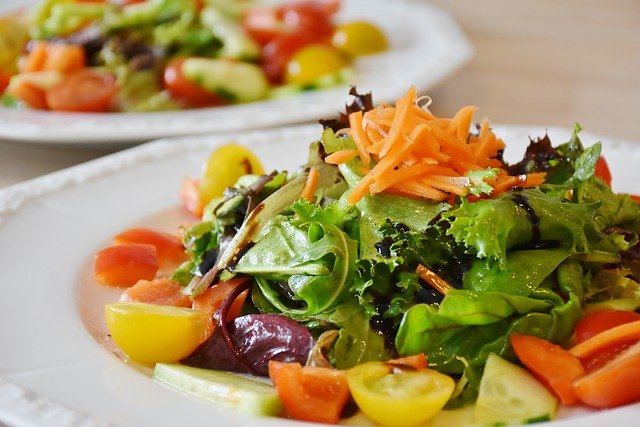Store Sscripts Prod View
Learning more of the basic science behind food and cooking will help you appreciate the world around you and become a better scientist and a better cook, baker, and consumer. Bread baking provides a great example of the importance of having a scientific understanding of cooking and baking. Take a close look at bread. Notice that it is made of large and small caves surrounded by a solid wall.

The key to bread is making a way to trap expanding gases in the dough. Adding water to flour and sugar allows for the hydration and mixing of proteins and carbo- hydrates. Kneading the dough stretches a protein called gluten, which allows for an interconnected network of protein ready to trap gas that is generated by the yeast. During the proofing step of making bread, the yeast converts sugar into energy‐ filled molecules, ethanol, carbon dioxide gas, and other flavorful by‐products.
The heat applied during baking allows the water to escape as steam, which expands the bread, links the gluten protein molecules further, and traps carbon dioxide gas. While this is happening, the heat catalyzes chemical reactions between proteins and sugars, creating a beautiful brown color, a dense texture, and over 500 new aromatic compounds that waft to your nose. Clearly there is a lot of science that goes into making a loaf of bread.

